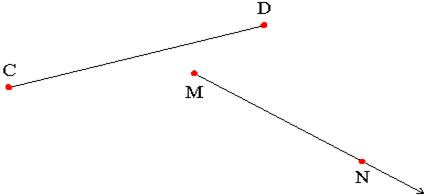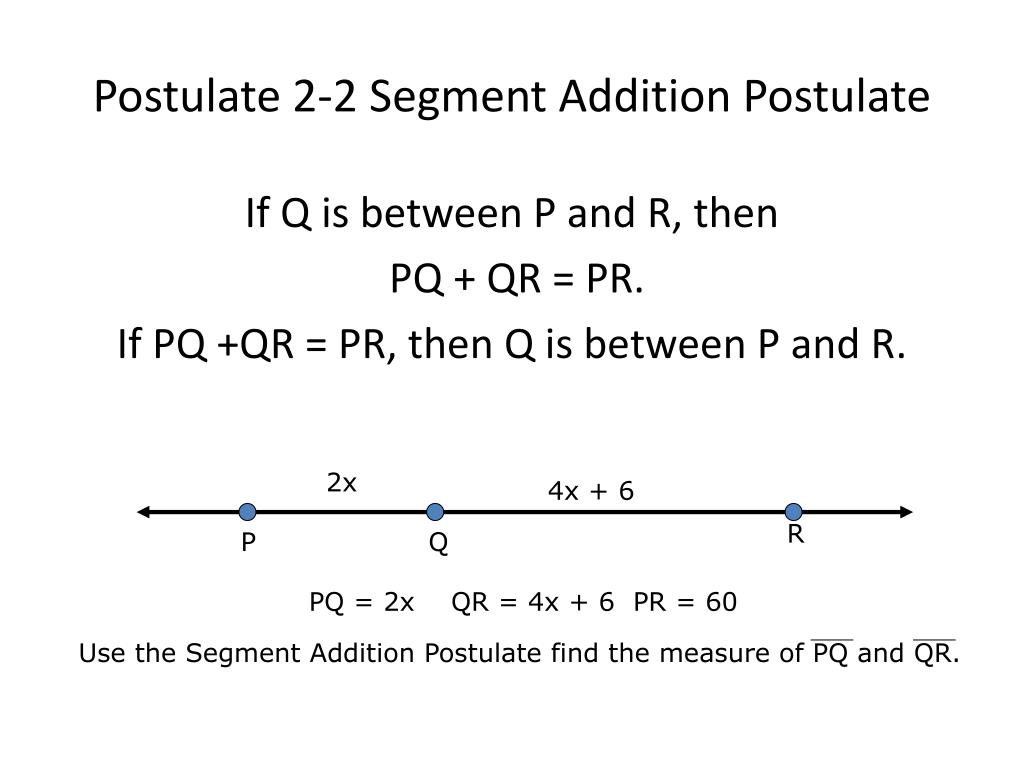

Unlike two-dimensional shapes, three-dimensional shapes have thickness or depth. In geometry, a three-dimensional shape can be defined as a solid figure or an object or shape that has three dimensions – length, width, and height. Closed shapes are geometric shapes that begin and end at the same point. They do not start and end at the same point. Open shapes can be defined as a shape or figure whose line segments and/or curves do not meet. These shapes have only 2 dimensions, the length and the width.Įxamples of 2D shapes in flat geometry are as shown below.ĢD shapes can be further classified as open and closed shapes. 2D Shapes in Geometryįlat shapes like squares, circles, and triangles are a part of flat geometry and are called 2D shapes. For example, an angle was defined as the inclination of two straight lines, and a circle was a plane figure consisting of all points that have a fixed distance (radius) from a given centre.Īs a basis for further logical deductions, Euclid proposed five common notions, such as “things equal to the same thing are equal,” and five unprovable but intuitive principles known variously as postulates or axioms.Geometry is a branch of mathematics that studies the sizes, shapes, positions, angles, and dimensions of things. Hence, he began the Elements with some undefined terms, such as “a point is that which has no part” and “a line is a length without breadth.” Proceeding from these terms, he defined further ideas such as angles, circles, triangles, and various other polygons and figures. FundamentalsĮuclid realized that a rigorous development of geometry must start with the foundations. See analytic geometry and algebraic geometry.

The modern version of Euclidean geometry is the theory of Euclidean (coordinate) spaces of multiple dimensions, where distance is measured by a suitable generalization of the Pythagorean theorem. In its rigorous deductive organization, the Elements remained the very model of scientific exposition until the end of the 19th century, when the German mathematician David Hilbert wrote his famous Foundations of Geometry (1899). In Euclid’s great work, the Elements, the only tools employed for geometrical constructions were the ruler and the compass-a restriction retained in elementary Euclidean geometry to this day. Rather than the memorization of simple algorithms to solve equations by rote, it demands true insight into the subject, clever ideas for applying theorems in special situations, an ability to generalize from known facts, and an insistence on the importance of proof. It is the most typical expression of general mathematical thinking. Indeed, until the second half of the 19th century, when non-Euclidean geometries attracted the attention of mathematicians, geometry meant Euclidean geometry. In its rough outline, Euclidean geometry is the plane and solid geometry commonly taught in secondary schools. SpaceNext50 Britannica presents SpaceNext50, From the race to the Moon to space stewardship, we explore a wide range of subjects that feed our curiosity about space!Įuclidean geometry, the study of plane and solid figures on the basis of axioms and theorems employed by the Greek mathematician Euclid (c.Learn about the major environmental problems facing our planet and what can be done about them! Saving Earth Britannica Presents Earth’s To-Do List for the 21st Century.Britannica Beyond We’ve created a new place where questions are at the center of learning.100 Women Britannica celebrates the centennial of the Nineteenth Amendment, highlighting suffragists and history-making politicians.
#Segment addition postulate definition geometry example how to
COVID-19 Portal While this global health crisis continues to evolve, it can be useful to look to past pandemics to better understand how to respond today.Student Portal Britannica is the ultimate student resource for key school subjects like history, government, literature, and more.

From tech to household and wellness products. Britannica Explains In these videos, Britannica explains a variety of topics and answers frequently asked questions.This Time in History In these videos, find out what happened this month (or any month!) in history.#WTFact Videos In #WTFact Britannica shares some of the most bizarre facts we can find.Demystified Videos In Demystified, Britannica has all the answers to your burning questions.



 0 kommentar(er)
0 kommentar(er)
